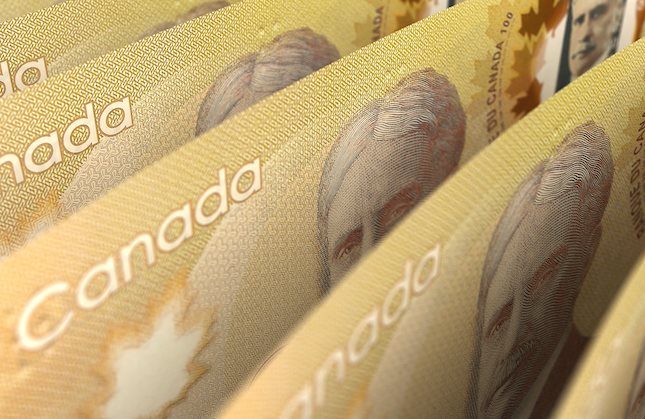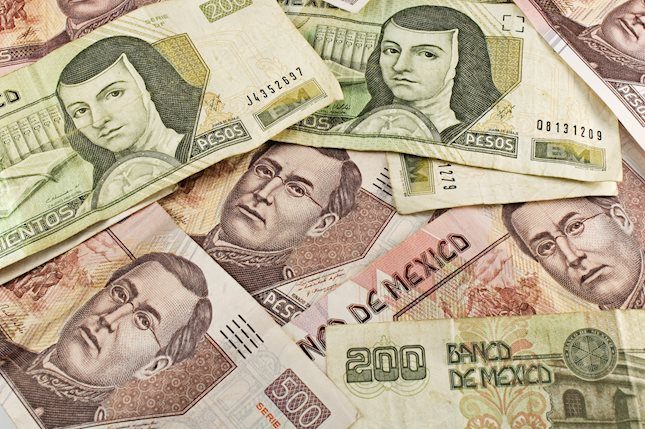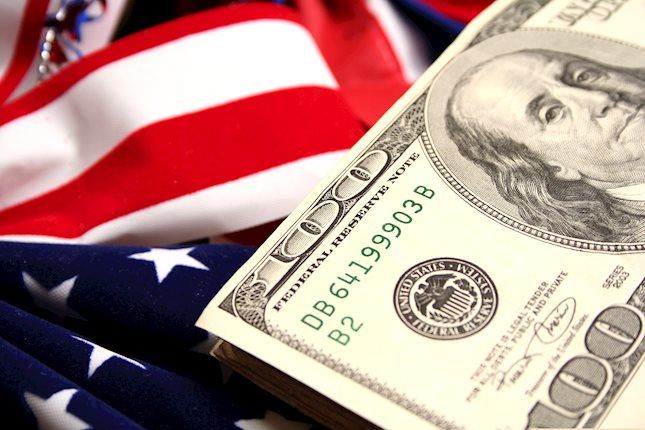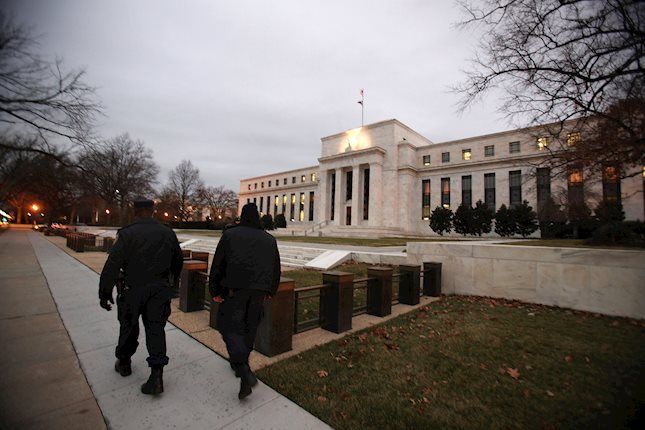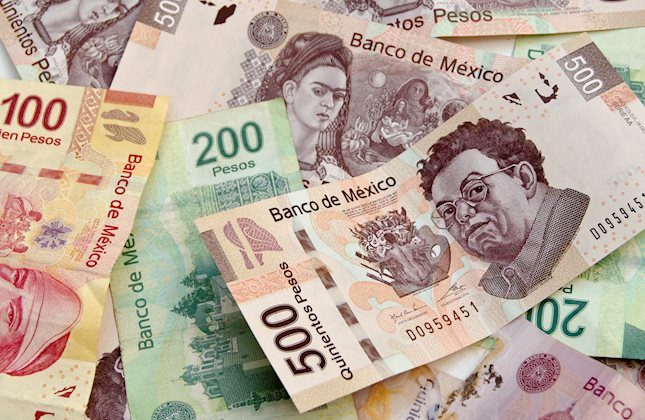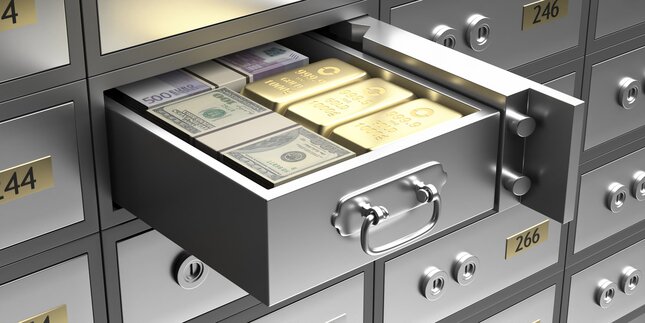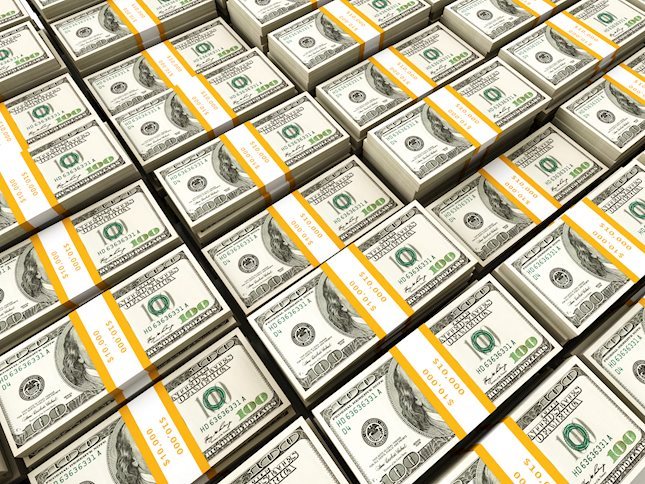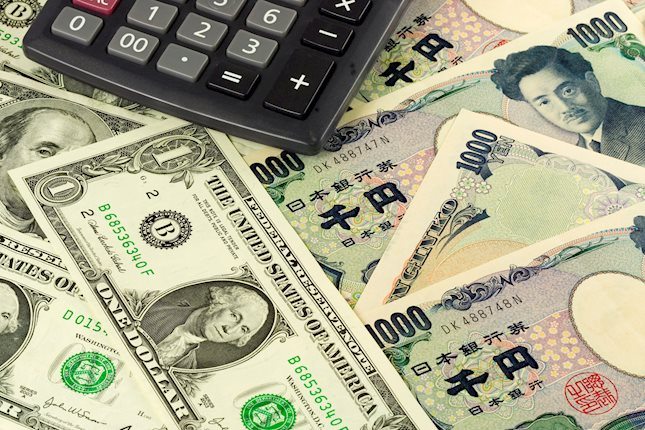Gold prices soften as traders gear up for Fed monetary policy decision
- Gold retreats modestly amid mixed signals from the US economy and an improvement in risk appetite.
- Recent US GDP figures fell short of expectations, while inflation metrics remain unchanged, influencing Fed's upcoming policy decisions.
- Attention now turns to the US Federal Reserve's monetary policy decision on May 1 and forthcoming Nonfarm Payrolls data.
Gold's price snaps two days of gains, yet it remains within familiar levels, with traders bracing for the US Federal Reserve’s (Fed) monetary policy decision on May 1. Last week, data from the United States (US) showed that Gross Domestic Product (GDP) missed the mark, while the Fed’s preferred gauge for inflation, the Core Personal Consumption Expenditure Price Index (PCE), stalled for the second straight month at 2.8% YoY.
The XAU/USD retreats below the daily open and trades at $2,334, down 0.11%, courtesy of an improvement in risk appetite, lower US Treasury yields, and a weak US Dollar (USD). The Fed is expected to keep interest rates on hold following Fed Chairman Jerome Powell’s remarks in which he said the current monetary policy stance is appropriate due to the lack of progress on curbing inflation. Besides that, Investors will be eyeing the release of US Nonfarm Payrolls figures on Friday.
Daily digest market movers: Gold price climbs amid tumbling US yields
- Gold’s gains are sponsored by the drop in US Treasury yields and a soft US Dollar. The US 10-year Treasury bond yield dropped five basis points (bps) to 4.612%, a tailwind for the non-yielding metal. At the same time, the Greenback, as measured by the US Dollar Index (DXY), surrendered below 106.00, falling 0.43% to trade at 105.63.
- Last week’s softer than expected Gross Domestic Product (GDP) was overshadowed by the jump in the core Personal Consumption Expenditure Price Index (PCE) for Q1 2024 to 3.7%. Even though that spooked investors to price out the Federal Reserve’s interest rate cuts for 2024, the monthly reading of the core PCE at 2.8% YoY relieved traders, sparking an improvement in market mood.
- On May 3, the US Bureau of Labor Statistics (BLS) is expected to reveal April’s Nonfarm Payrolls figures, which are expected to come at 243K, below March’s 303K. The Unemployment Rate is estimated to stay unchanged at 3.8%, while Average Hourly Earnings (AHE) would likely remain unchanged at 0.3% MoM.
- Data from the Chicago Board of Trade (CBOT) suggests that traders expect the fed funds rate to finish 2024 at 5.035%, down from 5.050% last Friday.
Technical analysis: Gold price consolidates around $2,330
Gold price remains upwardly biased, though to extend its gains, buyers need to reclaim the April 26 high of $2,352, so they can remain hopeful of challenging higher prices. The next resistance would be the $2,400 mark, followed by the April 19 high at $2,417 and the all-time high of $2,431.
On the flip side, if the XAU/USD price dips below the April 15 daily low of $2,324, that would pave the way to test $2,300. A breach of the latter would expose the April 23 low of $2,229, followed by the March 21 high at $2,222.
Gold FAQs
Gold has played a key role in human’s history as it has been widely used as a store of value and medium of exchange. Currently, apart from its shine and usage for jewelry, the precious metal is widely seen as a safe-haven asset, meaning that it is considered a good investment during turbulent times. Gold is also widely seen as a hedge against inflation and against depreciating currencies as it doesn’t rely on any specific issuer or government.
Central banks are the biggest Gold holders. In their aim to support their currencies in turbulent times, central banks tend to diversify their reserves and buy Gold to improve the perceived strength of the economy and the currency. High Gold reserves can be a source of trust for a country’s solvency. Central banks added 1,136 tonnes of Gold worth around $70 billion to their reserves in 2022, according to data from the World Gold Council. This is the highest yearly purchase since records began. Central banks from emerging economies such as China, India and Turkey are quickly increasing their Gold reserves.
Gold has an inverse correlation with the US Dollar and US Treasuries, which are both major reserve and safe-haven assets. When the Dollar depreciates, Gold tends to rise, enabling investors and central banks to diversify their assets in turbulent times. Gold is also inversely correlated with risk assets. A rally in the stock market tends to weaken Gold price, while sell-offs in riskier markets tend to favor the precious metal.
The price can move due to a wide range of factors. Geopolitical instability or fears of a deep recession can quickly make Gold price escalate due to its safe-haven status. As a yield-less asset, Gold tends to rise with lower interest rates, while higher cost of money usually weighs down on the yellow metal. Still, most moves depend on how the US Dollar (USD) behaves as the asset is priced in dollars (XAU/USD). A strong Dollar tends to keep the price of Gold controlled, whereas a weaker Dollar is likely to push Gold prices up.
Forex News
Keep up with the financial markets, know what's happening and what is affecting the markets with our latest market updates. Analyze market movers, trends and build your trading strategies accordingly.


